Component
GRAID: A Data Protection Solution for NVMe SSDs
Preface
The Rise of NVMe
Existing NVMe Data Protection Solutions
Software RAID
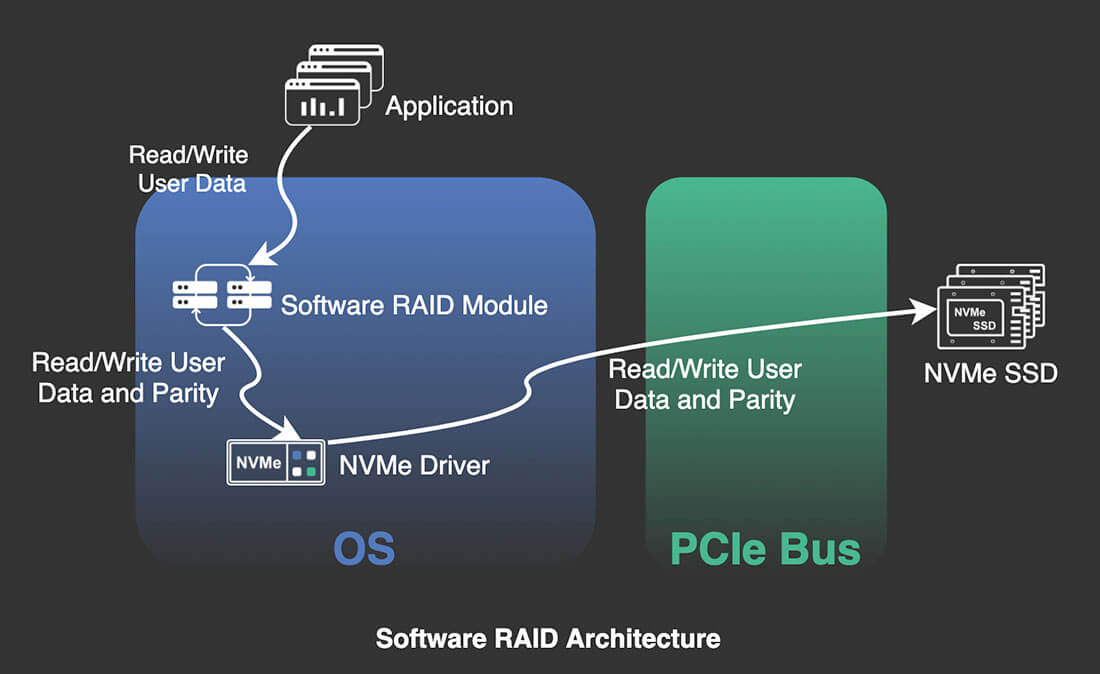
Software RAID Architecture
Hardware RAID

Hardware RAID Architecture
GRAID – The Next Generation of NVMe RAID Technology
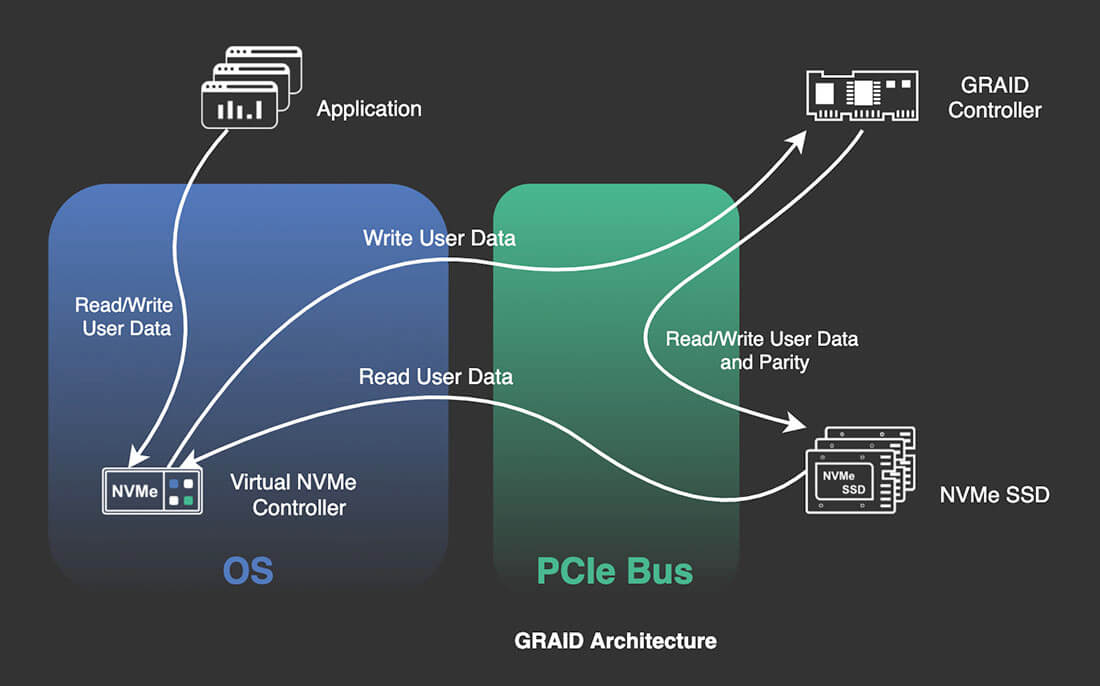
GRAID Architecture
Test Case
Test Result
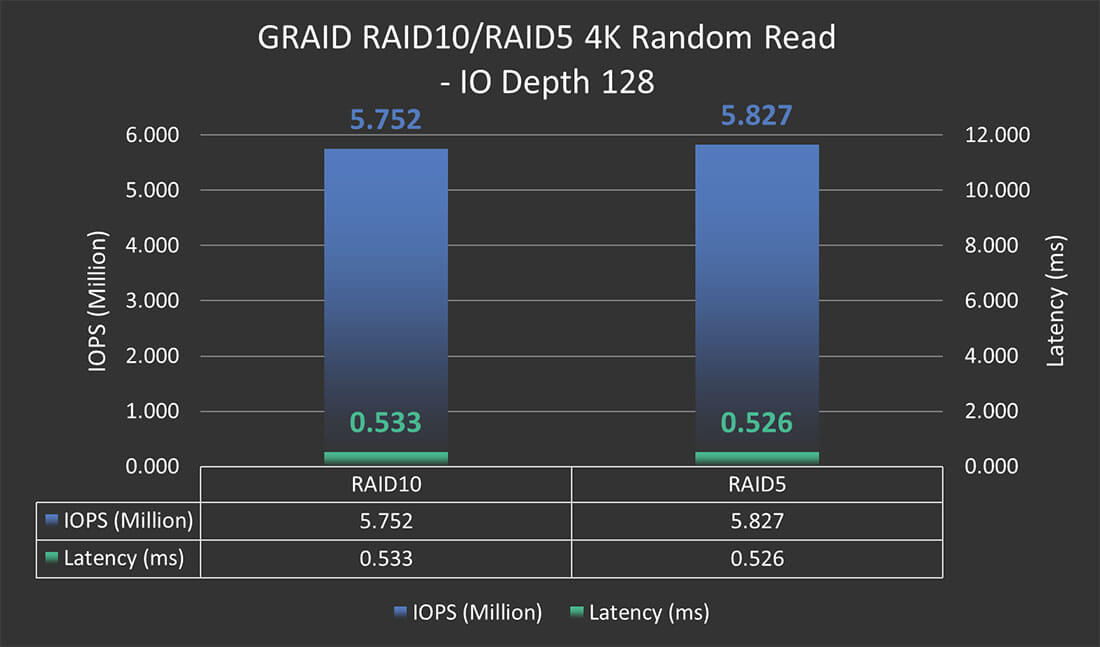
Figure 4: GRAID 4K Random Read

Figure 5: GRAID 4K Random Read/Write
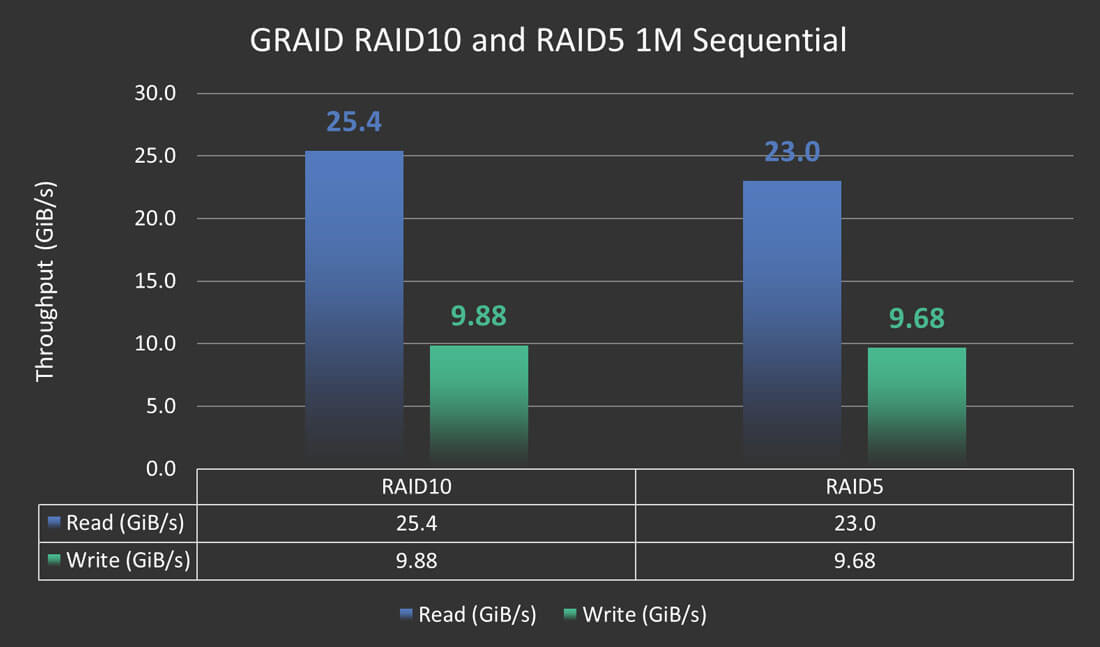
Figure 6: GRAID RAID10/RAID5 1M Sequential
GIGABYTE All-Flash Server
Conclusion
Get the inside scoop on the latest tech trends, subscribe today!
Get Updates
Get the inside scoop on the latest tech trends, subscribe today!
Get Updates
















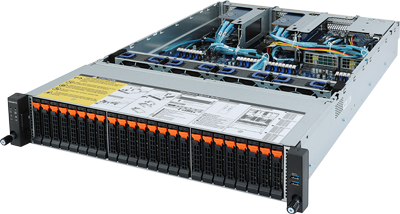 R282-Z92 Rack Server
R282-Z92 Rack Server